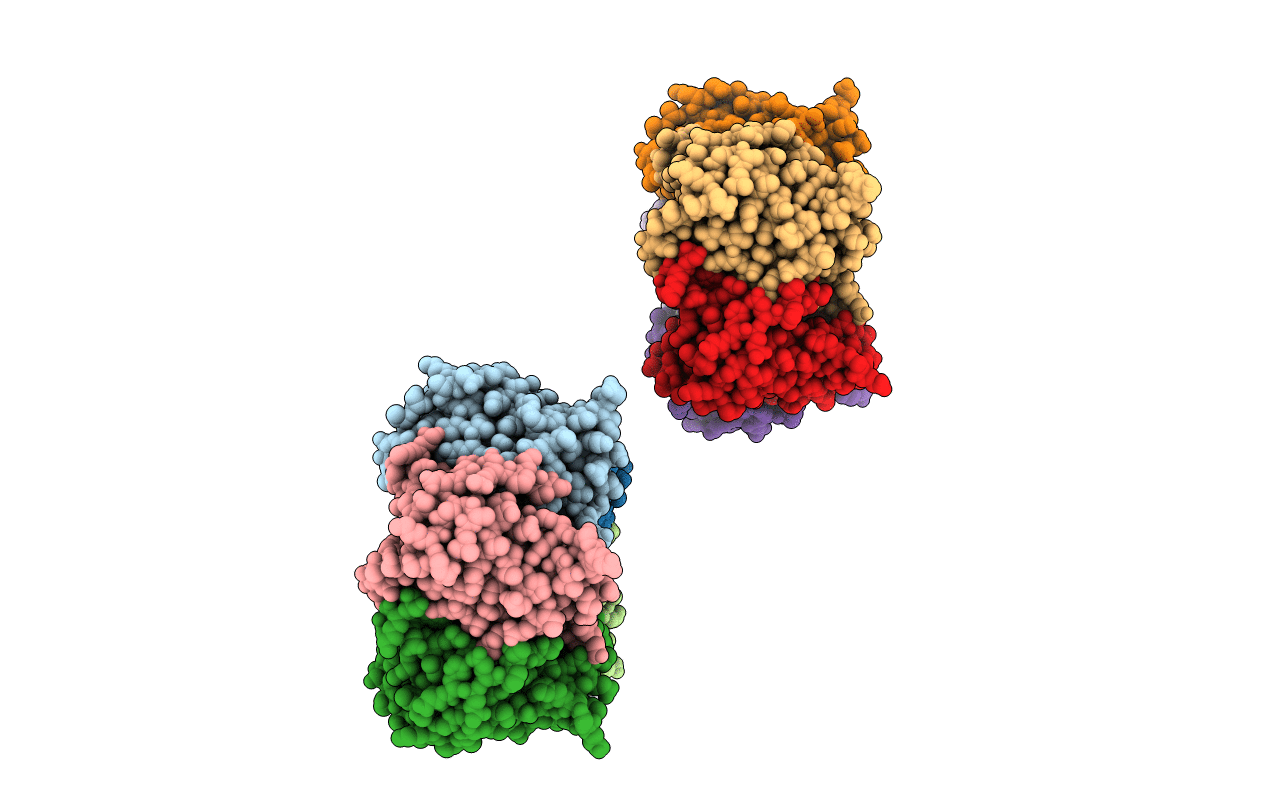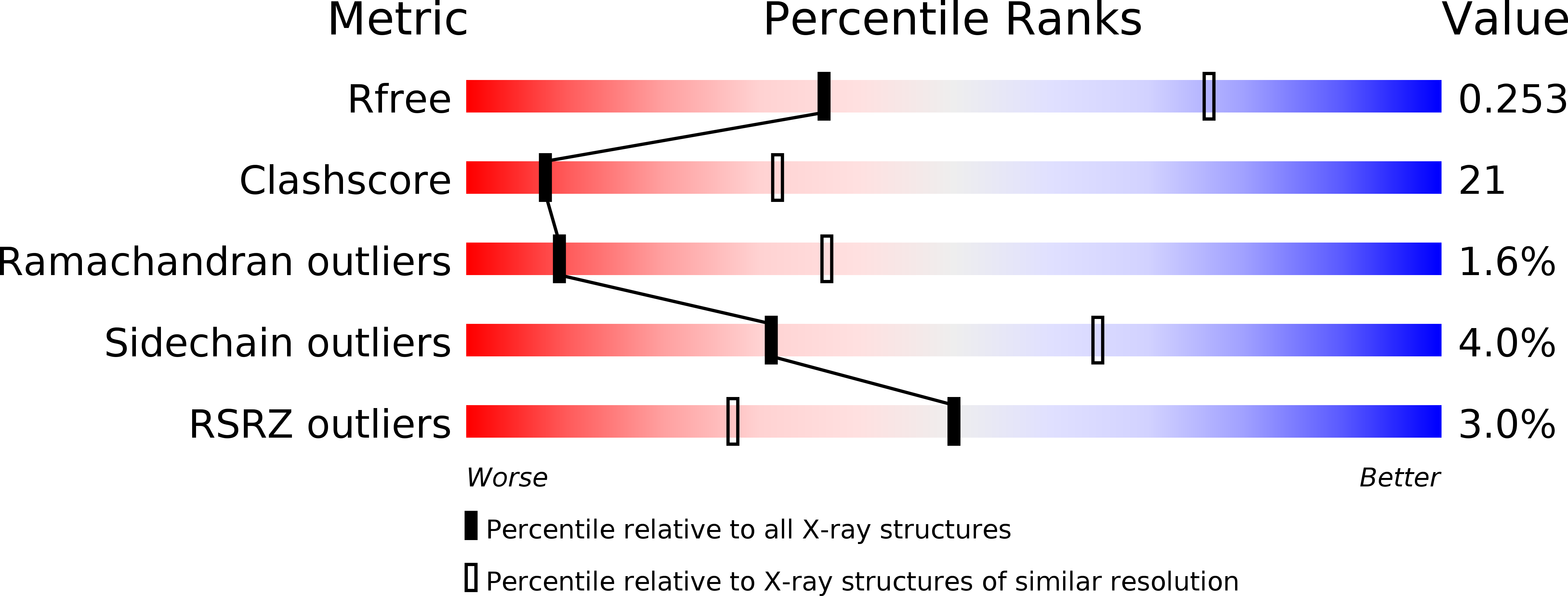
Deposition Date
1999-08-03
Release Date
2000-08-06
Last Version Date
2023-08-09
Entry Detail
PDB ID:
1C41
Keywords:
Title:
CRYSTAL STRUCTURES OF A PENTAMERIC FUNGAL AND AN ICOSAHEDRAL PLANT LUMAZINE SYNTHASE REVEALS THE STRUCTURAL BASIS FOR DIFFERENCES IN ASSEMBLY
Biological Source:
Source Organism:
Magnaporthe grisea (Taxon ID: 148305)
Host Organism:
Method Details:
Experimental Method:
Resolution:
3.10 Å
R-Value Free:
0.27
R-Value Work:
0.24
R-Value Observed:
0.24
Space Group:
P 21 21 21


